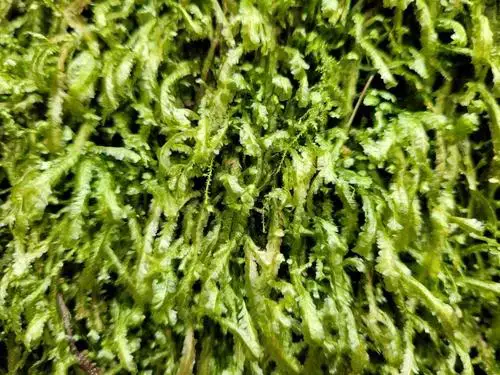
medium.jpeg from: https://www.inaturalist.org/taxa/461328-Homalia-lusitanica
Introduction
Nestled within the intricate tapestry of nature lies a remarkable moss species that has captured the hearts of enthusiasts worldwide – the Homalia lusitanica Schimp., or simply known as Homalia. This unassuming yet fascinating member of the Neckeraceae family is a true testament to the wonders of the bryophyte world.
Background
Before delving into the captivating details of this moss, it’s essential to understand its place within the broader context of the plant kingdom. Bryophytes, a group that includes mosses, liverworts, and hornworts, are among the oldest and most primitive land plants on Earth. These resilient organisms have played a crucial role in the evolution of terrestrial ecosystems, paving the way for more complex plant life to thrive.
Main Content
Morphology and Identification
Homalia lusitanica Schimp. is a pleurocarpous moss, meaning its stems grow horizontally along the substrate. Its vibrant green hue and delicate, feathery appearance make it a true delight to behold. The leaves of this moss are ovate-lanceolate, tapering to a slender point, and arranged in a spiral pattern along the stem. One of its most distinctive features is the presence of a costa, or midrib, that extends nearly to the leaf tip.
Global Distribution and Habitat
This remarkable moss species can be found across various regions of the world, including Europe, North Africa, and parts of Asia. It thrives in shaded, humid environments, often growing on tree trunks, rocks, and soil in temperate forests. Homalia lusitanica Schimp. is particularly fond of areas with high moisture levels, such as stream banks and ravines.
Ecological Roles and Adaptations
Despite its diminutive size, Homalia plays a vital role in its ecosystem. It serves as a microhabitat for numerous tiny organisms, providing shelter and sustenance for a diverse array of invertebrates, fungi, and microorganisms. Additionally, this moss contributes to soil formation and moisture retention, helping to create a nurturing environment for other plant species to thrive.
One of the remarkable adaptations of Homalia lusitanica Schimp. is its ability to withstand desiccation. During periods of drought, the moss can enter a state of dormancy, curling its leaves inward to conserve moisture. Once favorable conditions return, it quickly revives, showcasing its resilience and ability to survive in challenging environments.
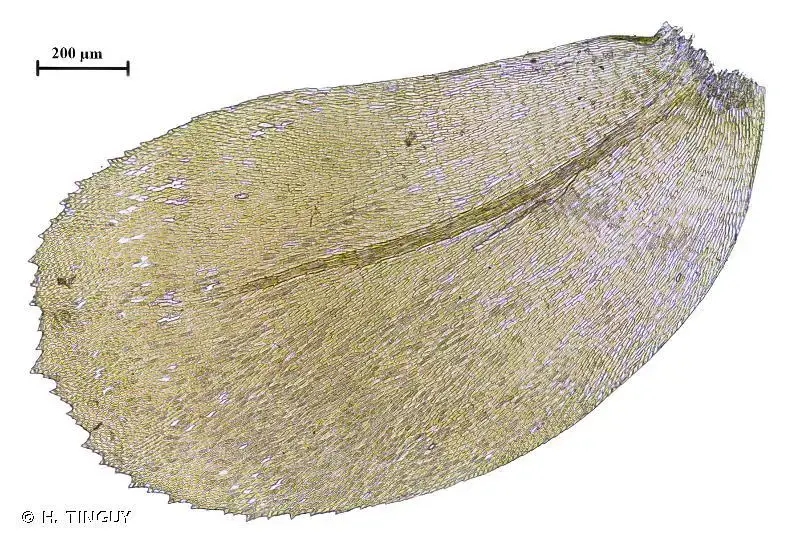
203889.jpg from: https://inpn.mnhn.fr/espece/cd_nom/5117
Case Studies/Examples
In a recent study conducted in the Iberian Peninsula, researchers discovered that Homalia lusitanica Schimp. played a crucial role in maintaining the biodiversity of epiphytic bryophyte communities. The moss’s ability to create microhabitats and retain moisture made it a haven for other bryophyte species, contributing to the overall richness of the ecosystem.
Technical Table
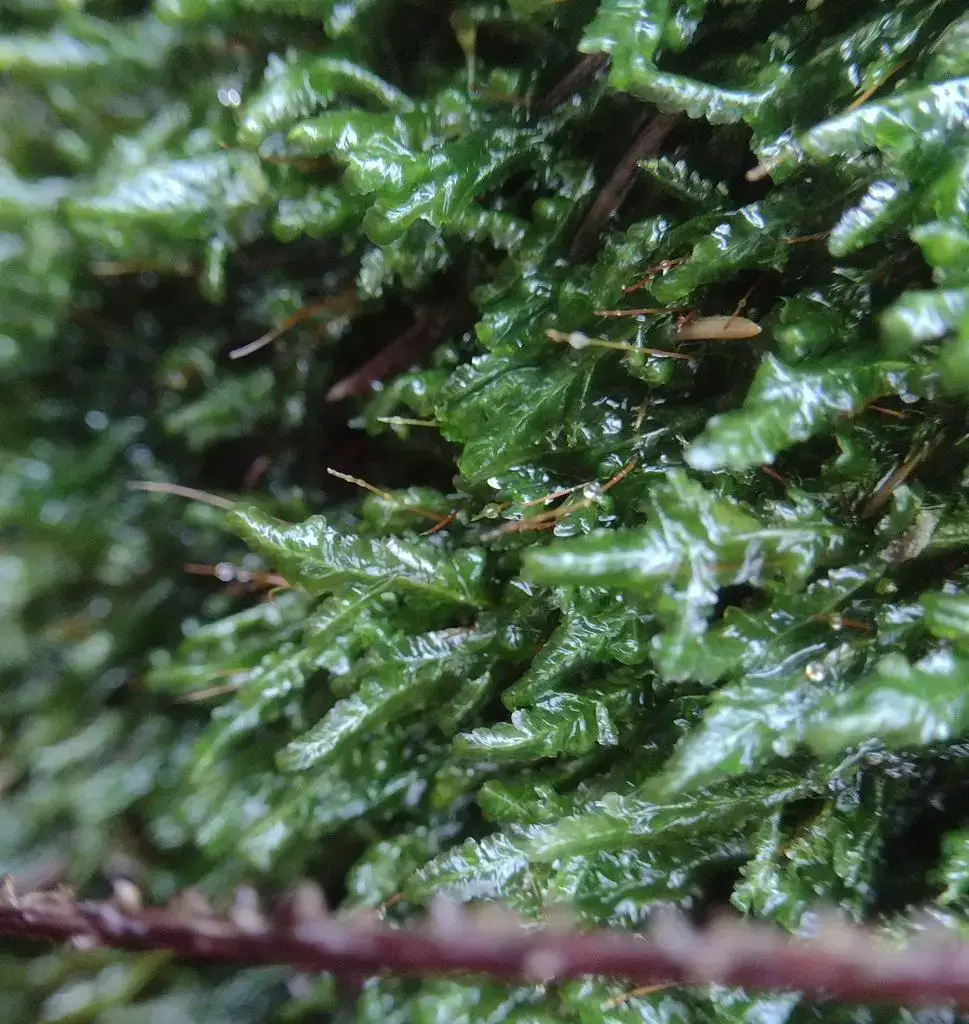
large.jpg from: https://www.inaturalist.org/observations/194726957
| Characteristic | Description |
|---|---|
| Phylum | Bryophyta
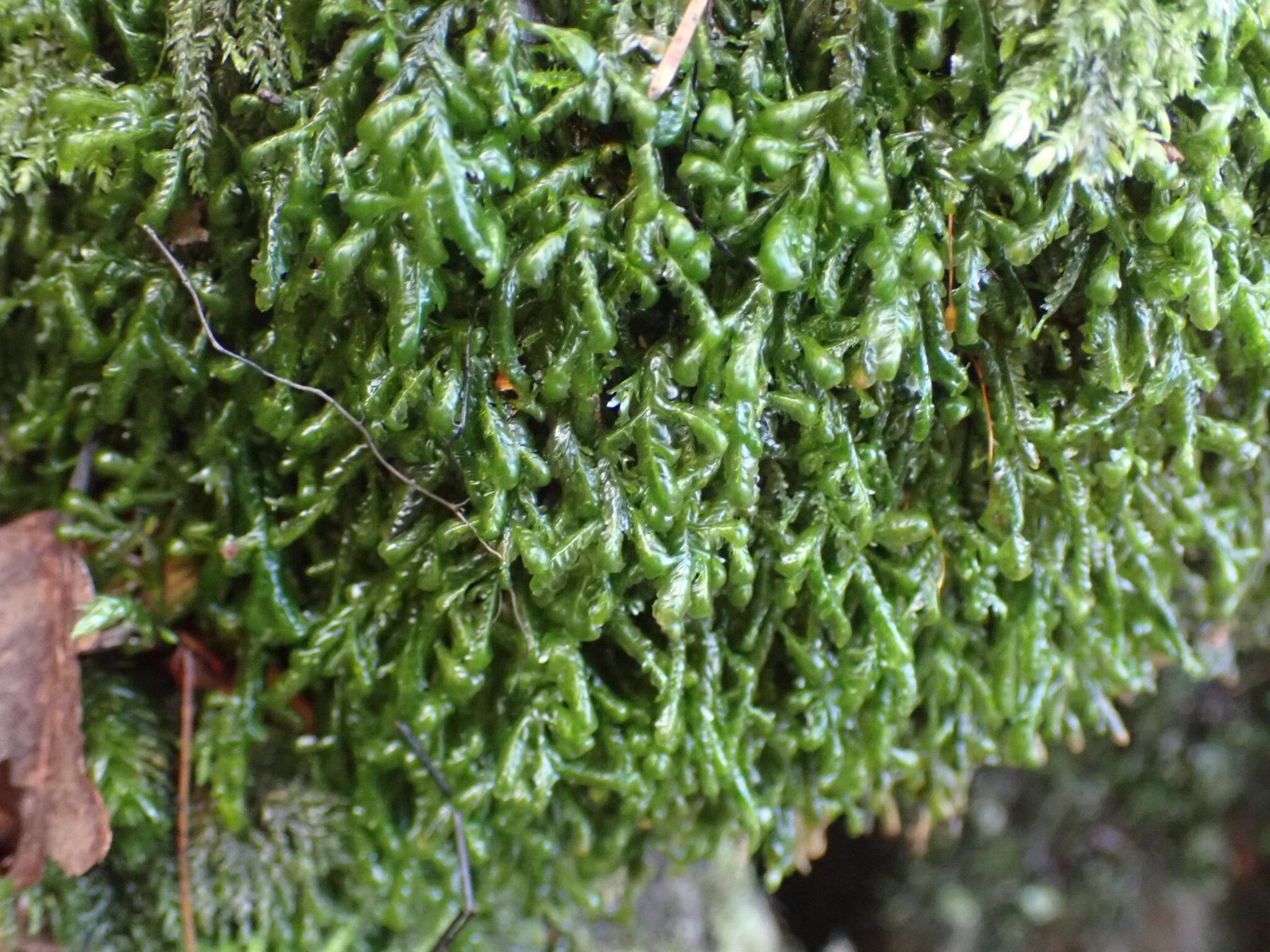 Blunt-Feather-moss-Homalia-trichomanoides-from-Allenbanks-Nature-Reserve-2048×1536.jpg from: https://www.nhsn.org.uk/the-hidden-world-of-bryophytes-in-the-north-east/ |
| Class | Bryopsida |
| Order | Hypnales |
| Family | Neckeraceae
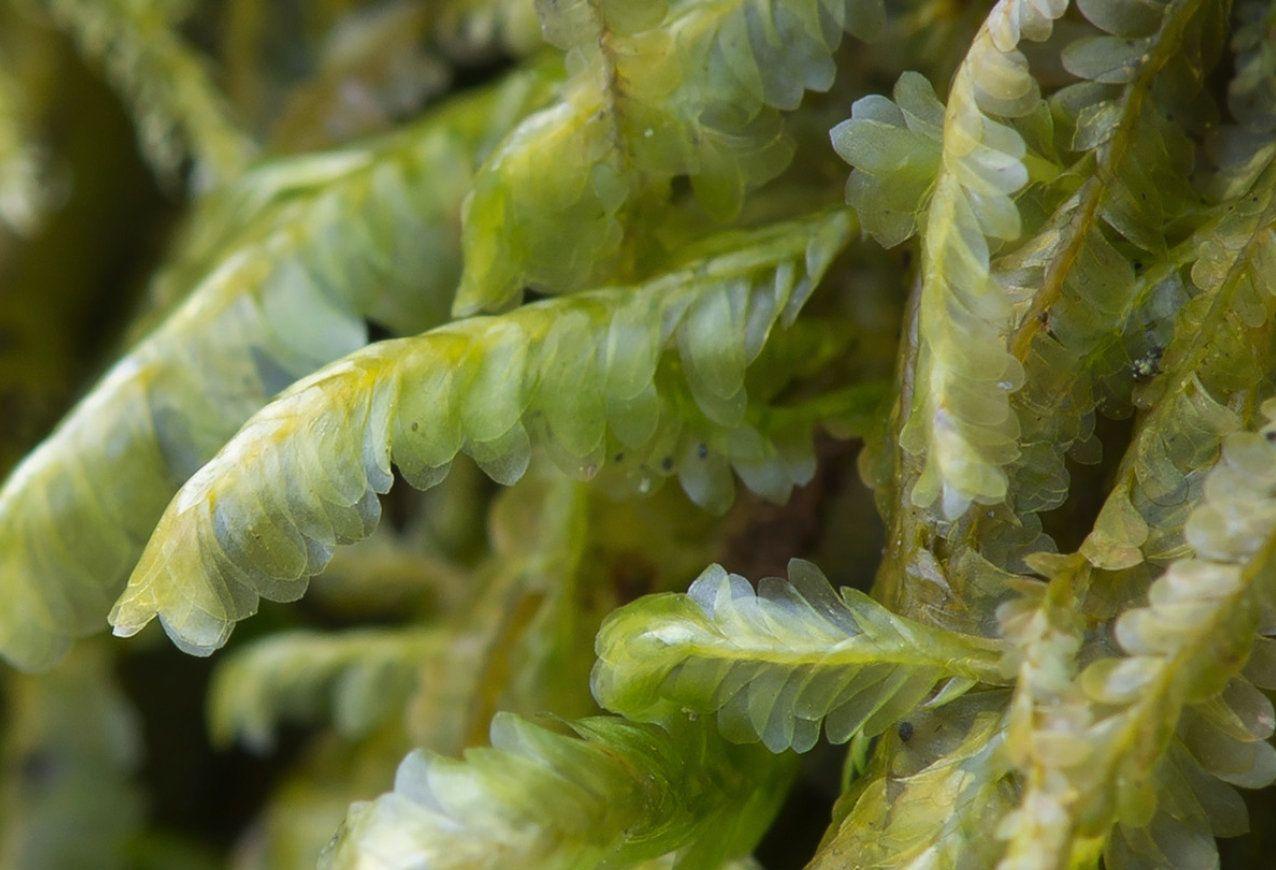 a37d05feae6cccfae6a7dc27d21ff788.jpg from: https://www.pinterest.com/pin/homalia-trichomanoides-moss-and-inoculated-spore-claywood–358176976622265851/ |
| Genus | Homalia |
| Species | lusitanica Schimp. |
| Common Name | Homalia
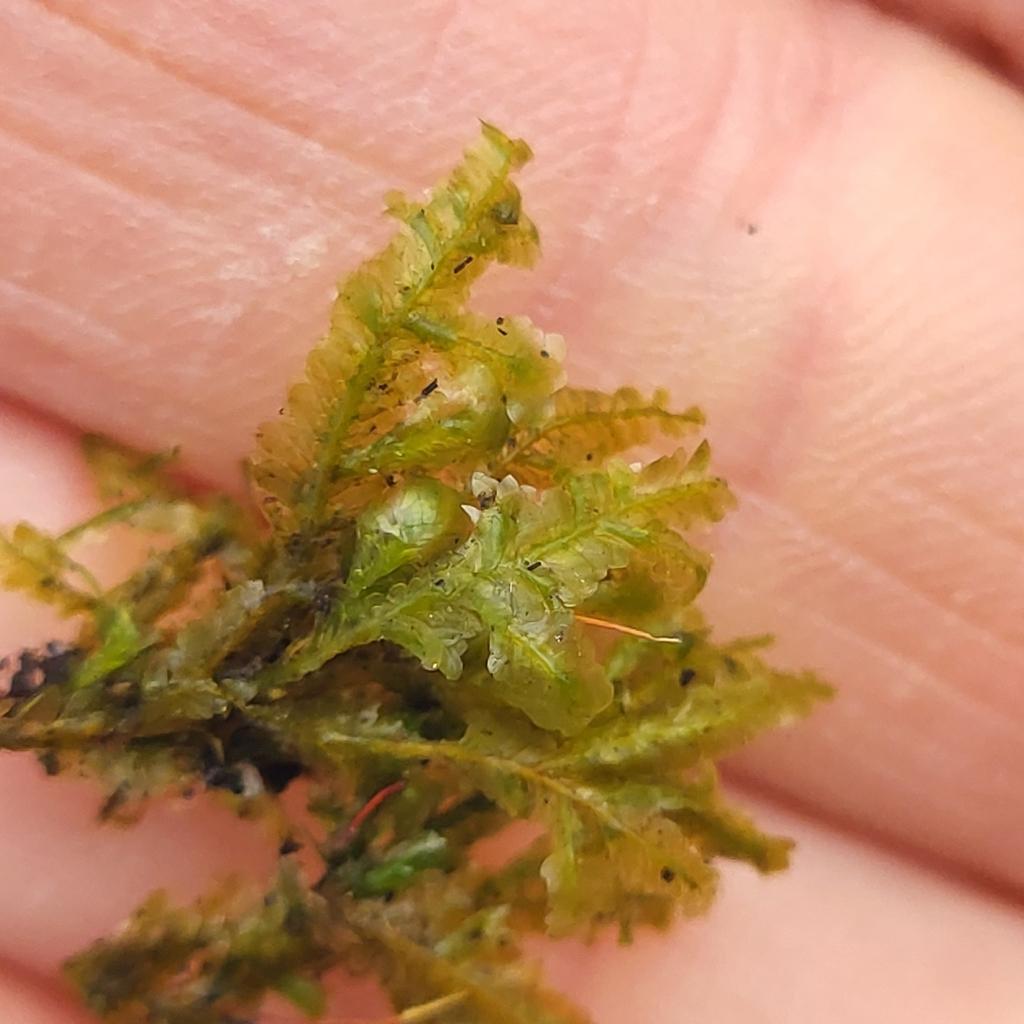 large.jpeg from: https://www.inaturalist.org/observations/195319826 |
Growth Form
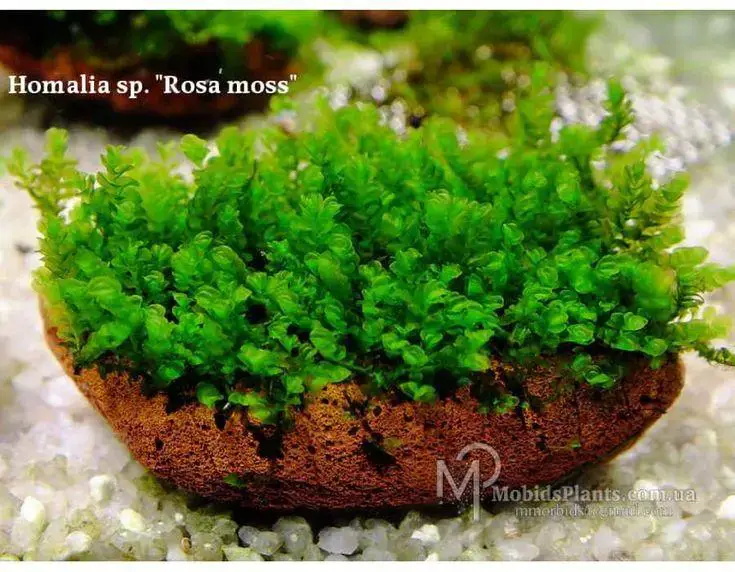 e52f74d6561f9a33a97d6669bec0ec0c.jpg from: https://www.pinterest.com/pin/690387817881572103/ |
Pleurocarpous
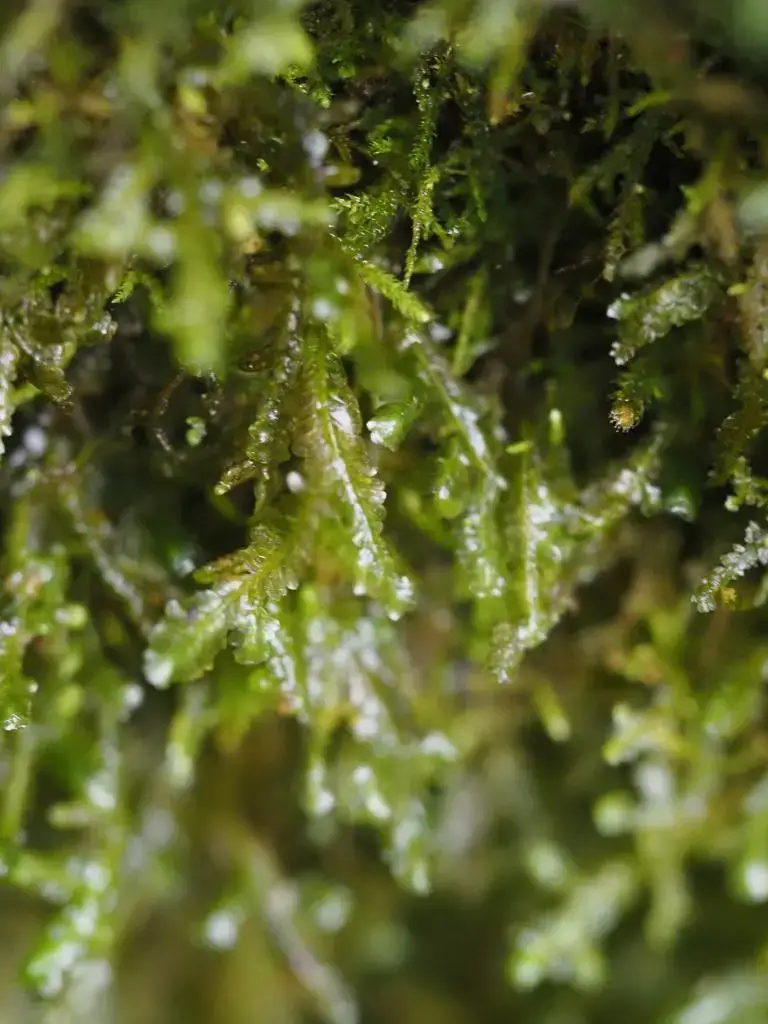 large.jpg from: https://www.inaturalist.org/observations/135949833 |
| Leaf Shape | Ovate-lanceolate |
| Costa | Present, extending nearly to leaf tip |
Conclusion
The Homalia lusitanica Schimp., or Homalia, is a true marvel of the bryophyte world. Its intricate morphology, global distribution, and ecological significance make it a fascinating subject for enthusiasts and researchers alike. As we continue to explore and appreciate the wonders of nature, this unassuming moss serves as a reminder of the incredible diversity and resilience that exists within the smallest of organisms. Perhaps the next time you venture into a shaded forest, you’ll pause to admire the delicate beauty of Homalia, a true gem of the bryophyte kingdom.
Ponder this: In a world where we often overlook the smallest wonders, what other hidden treasures might be waiting to be discovered and appreciated?